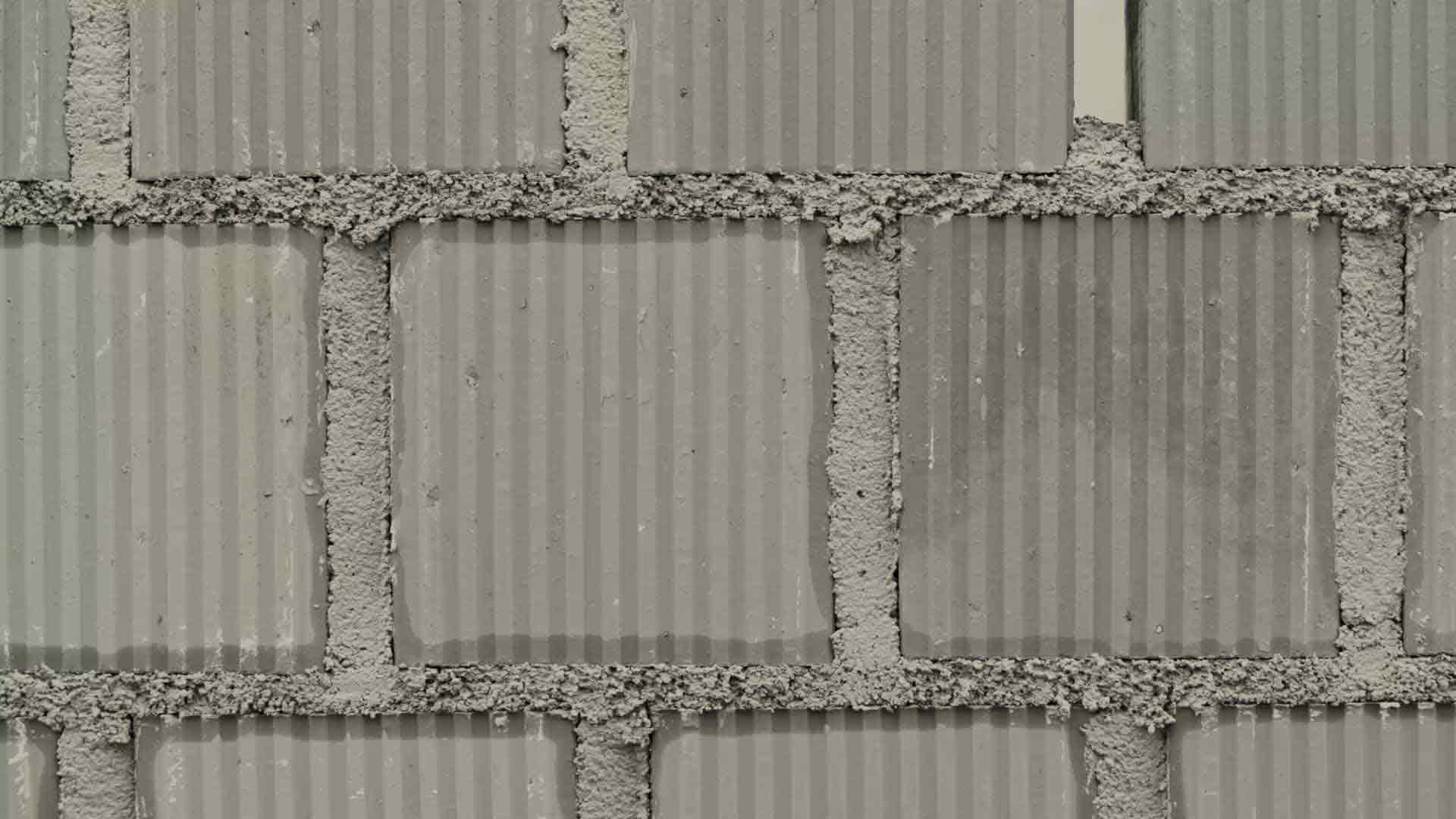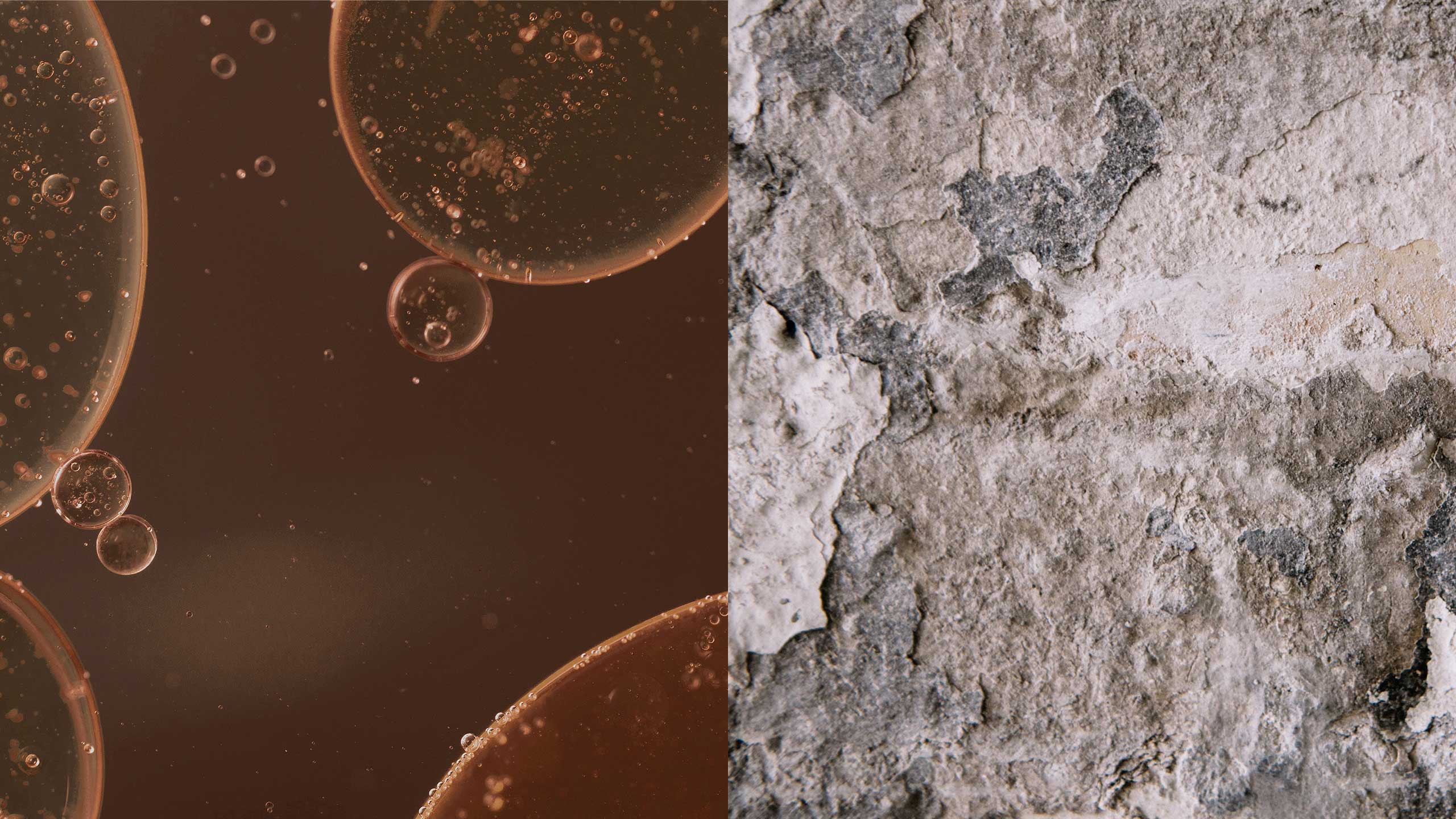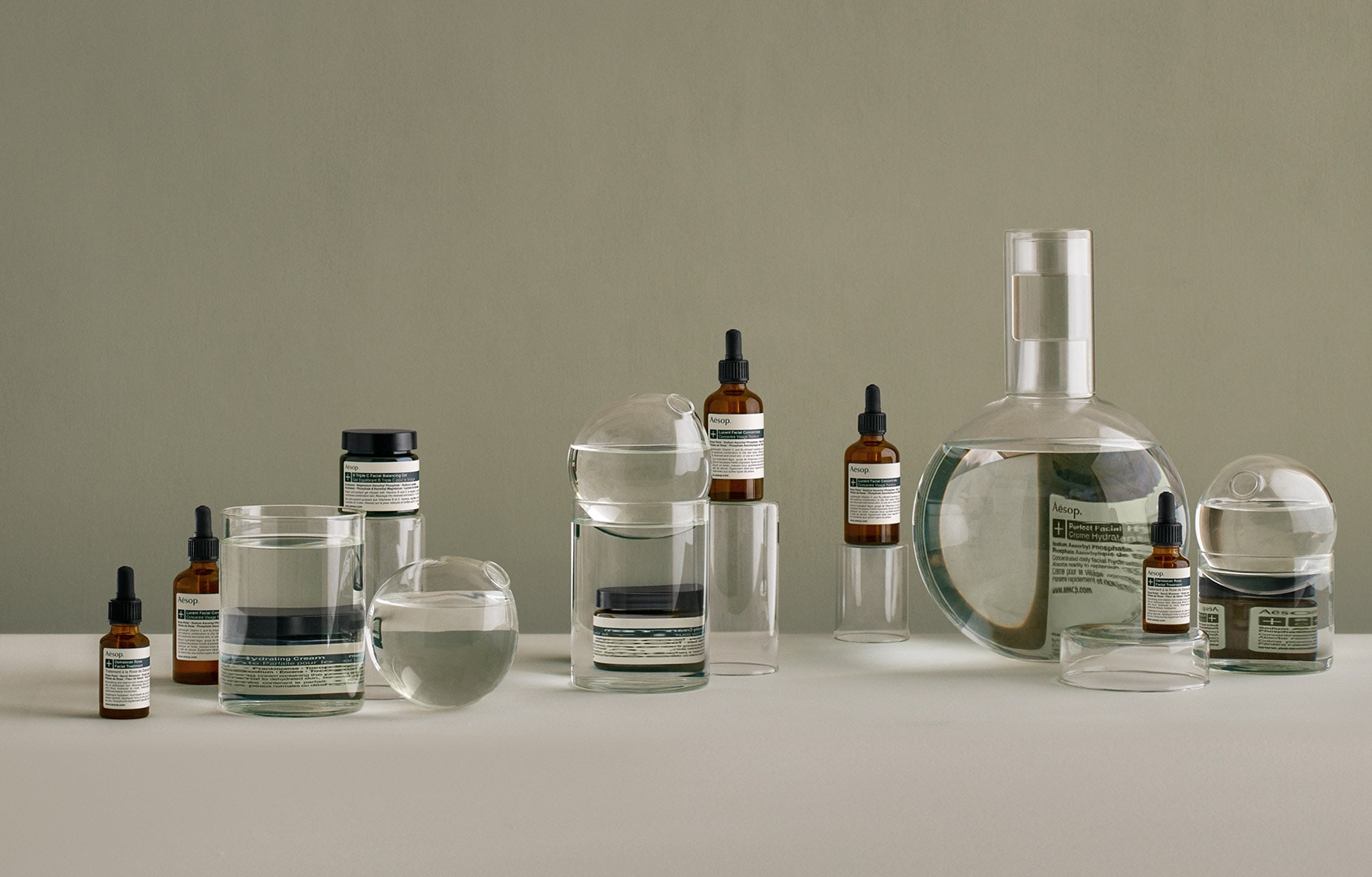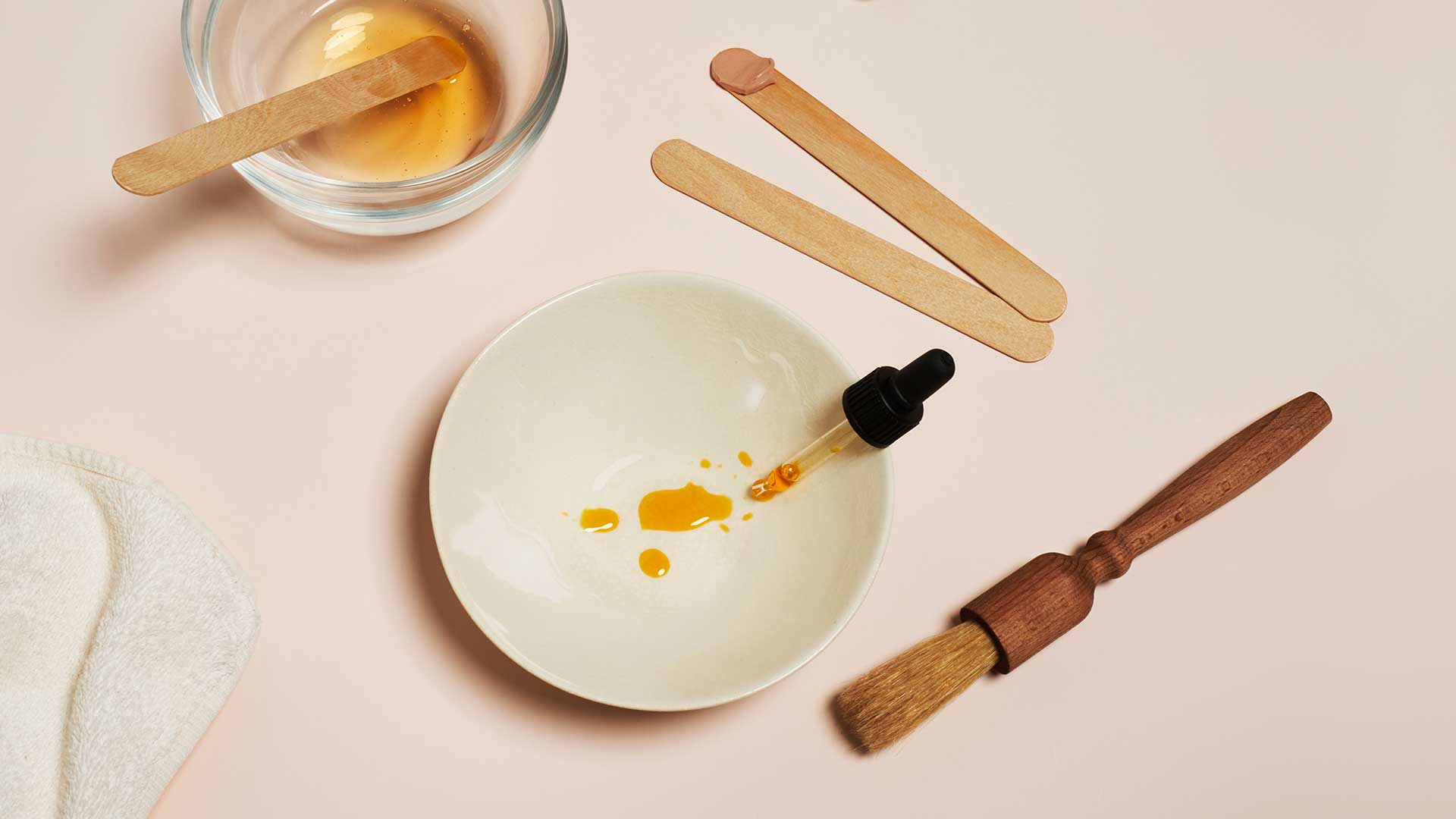Representing approximately fifteen per cent of the body’s total mass, the skin is our largest organ, and the prime boundary between our innermost workings and the world. It has a remarkable ability to maintain itself and assist certain functions of the body–especially when it is supported by ample sleep, a nourishing diet, and a considered skin care regimen.
The skin is comprised of three primary layers: the epidermis (the thinner, outermost layer), the dermis (made of strong, highly flexible connective tissue, sebaceous glands and sweat glands), and the hypodermis (also known as subcutaneous tissue, the thick, underlying layer of skin that contains fat cells). It is the epidermis–an agent of renewal and protection–that is concerned in the matter of topical skin care. The epidermis itself consists of five layers, and it is the outer layer that confers the skin’s impressive barrier properties.
Called the ‘stratum corneum’, this outermost layer of the skin is composed of flat cells called ‘corneocytes’. These cells are surrounded by a lipid-rich matrix. One way to think of the stratum corneum is as a ‘brick wall’, the corneocyte cells being the ‘bricks’, and the lipid-rich domain the ‘mortar’. This arrangement lends the stratum corneum its remarkable barrier function, which performs at its best when consistently tended to with a nourishing, fortifying and hydrating skin care regimen.
To achieve optimal hydration, the objective is two-pronged–to retain moisture in skin that is dehydrated, and boost moisture in skin that is dry. The kind of moisture that is required–water or oil–depends on your environment and skin type.








